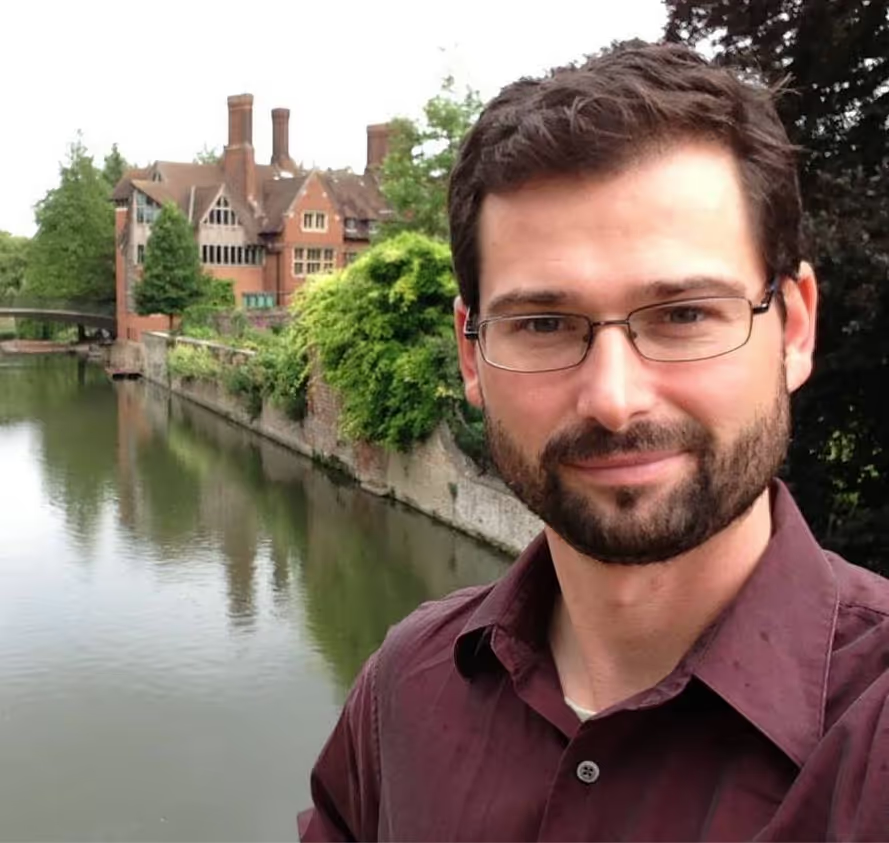What would it take for you to give your life to save another? The answer of course is two siblings or eight cousins, that is, if you’re thinking like a geneticist. This famous quip, attributed to the British biologist J.B.S. Haldane, is based on the premise that you share on average 50% of your genes with a brother or sister and 12.5% with a cousin. For altruism to be worth the cost it should ensure that you break even, genetically speaking.
This basic idea was later formalized by the evolutionary theorist William Hamilton as “inclusive fitness theory” that extended Darwin’s definition of fitness–the total number of offspring produced–to also include the offspring of close relatives. Hamilton’s model has been highly influential, particularly for Oxford evolutionary biologist Richard Dawkins who spent considerable time discussing its implications in his 1976 book The Selfish Gene. But in the last few years an academic turf war has developed pitting the supporters of inclusive fitness theory (better known as kin selection) against a handful of upstarts advocating what is known as group selection, the idea that evolutionary pressures act not only on individual organisms but also at the level of the social group.
The latest row was sparked by the publication of Edward O. Wilson’s new book, The Social Conquest of Earth, which followed up on his 2010 paper in the journal Nature written with theoretical biologists Martin Nowak and Corina Tarniţă. In both cases Wilson opposes kin selection theory in favor of the group selection model. For a revered scientist like Wilson–a Harvard biologist, recipient of the Crafoord Prize (the Nobel of the biosciences) and two-time Pulitzer prizewinner–to adopt a marginal and widely disputed concept has received a lot of attention and caused other prominent scientists to step forward and defend the mainstream point of view.
Read more at Scientific American
July 10, 2012
The Good Fight
Prominent scientists are in a bitter struggle over the origins of kindness. But the root of this conflict may be the most ironic part of all.



